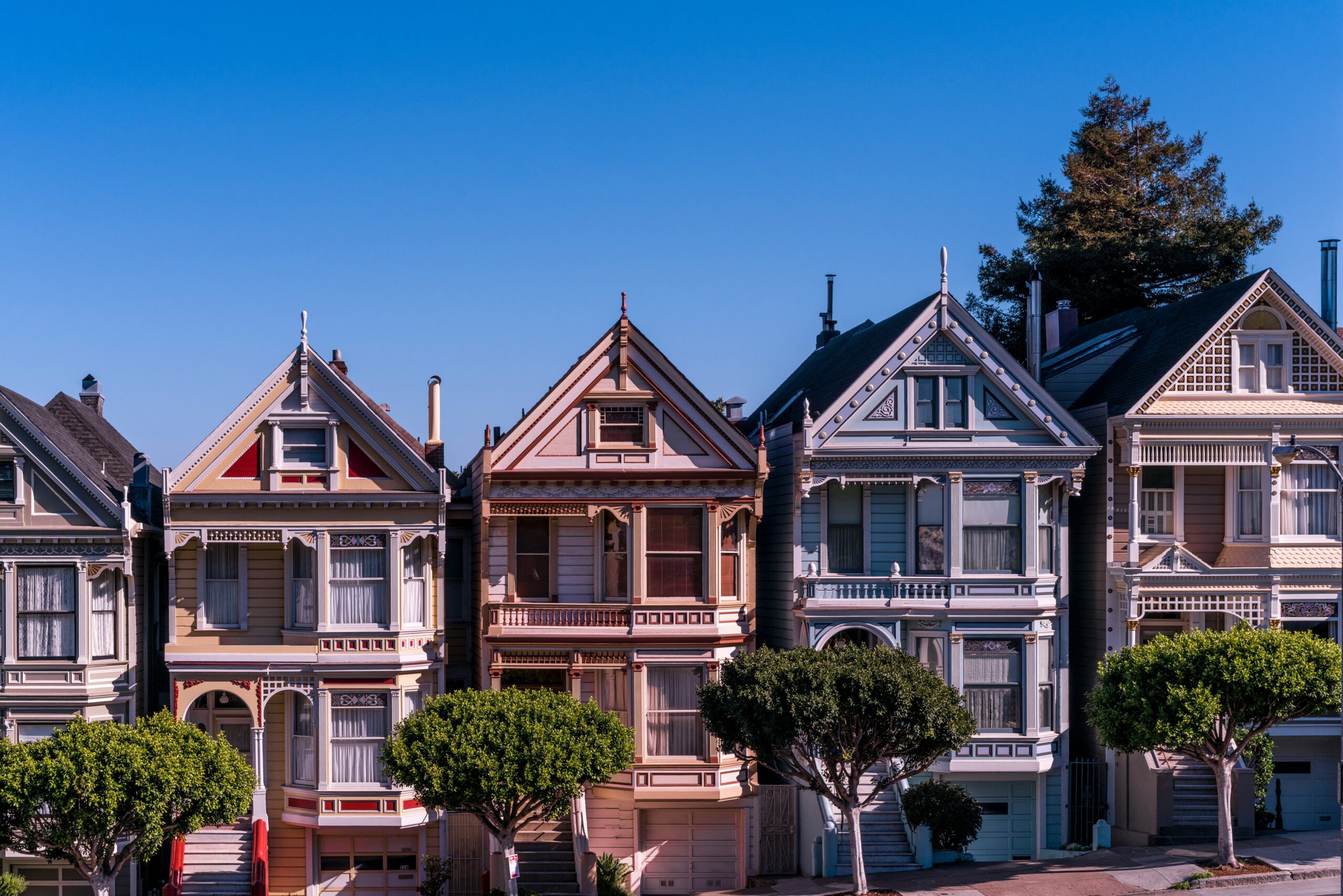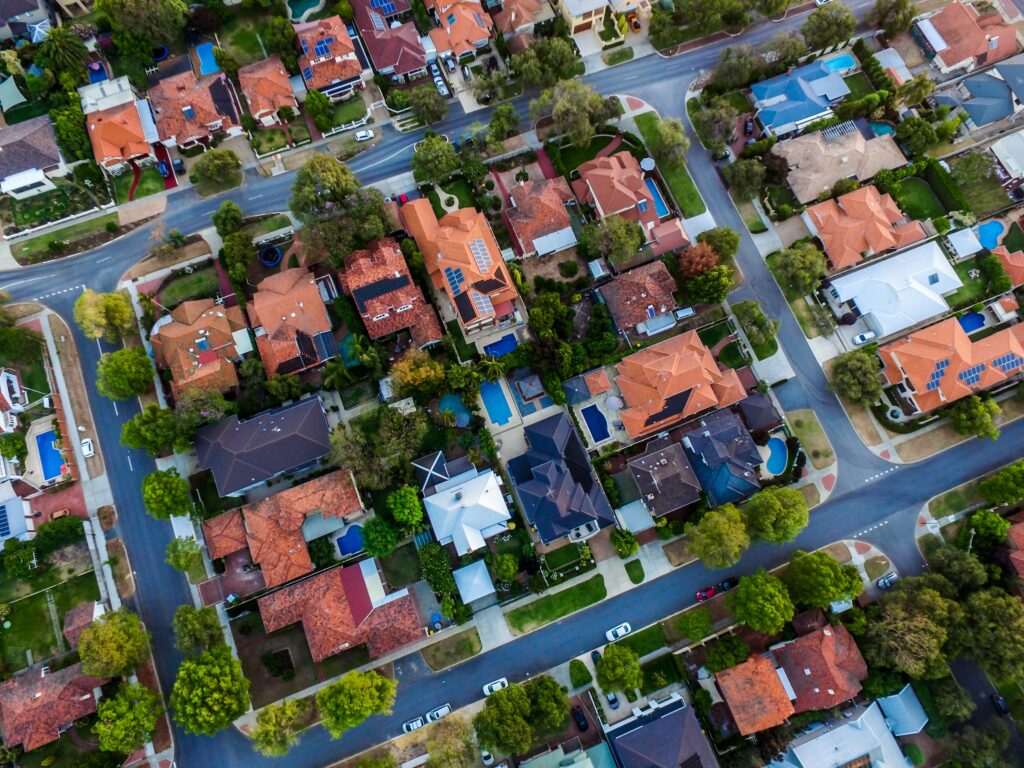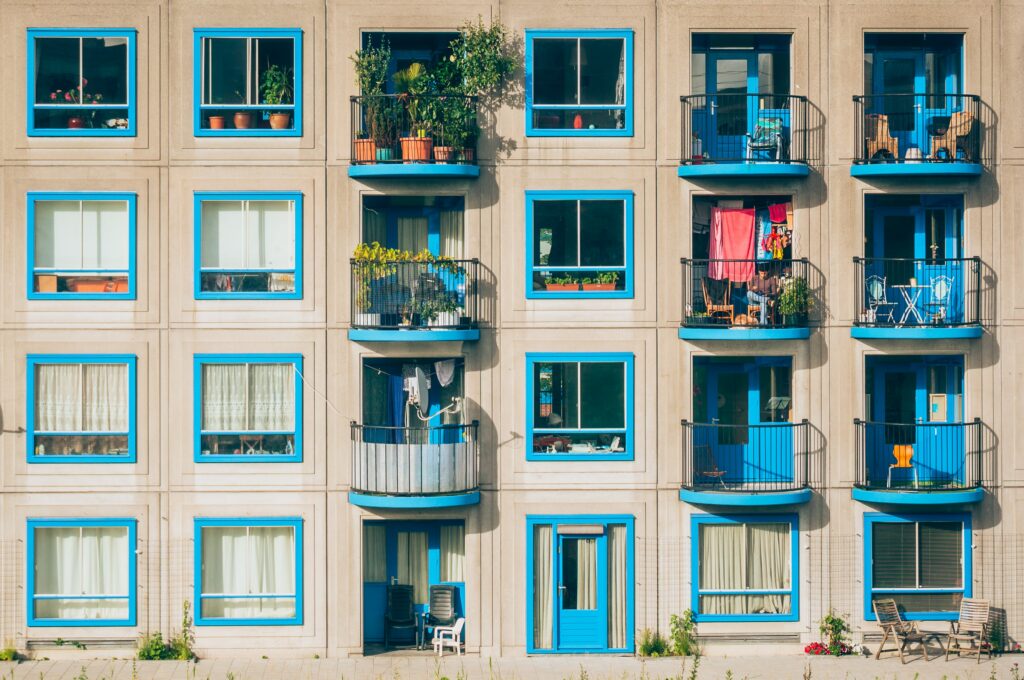Berlin, a metropolis of millions, has always been a city of housing development. An ideal basis for cooperative building activities. There are around 80 housing cooperatives in the German capital. These are the largest three: This article is based on the unique Top 300 Baugenossenschaften Deutschland – List of the largest German housing cooperatives.
-
Rated 5.00 out of 5€399,99 Incl. VAT
- Database of the largest municipal housing companies and housing cooperatives in Germany.
- Including: contact details, number of flats and commercial properties, new construction projects (yes/no), third-party management (yes/no)
- Perfect for lead generation and as an introduction to the sector of building cooperatives and housing associations
- Immediate download of the Excel file, unlimited validity
- Last update: 15.02.2021
Place 1: WGLi Wohnungsgenossenschaft Lichtenberg eG, Berlin-Lichtenberg: 10,134 residential units (2020)
The WGLi in the East Berlin borough of Lichtenberg traces its roots to the Elektrokohle Lichtenberg Workers’ Housing Cooperative (AWG EKL), founded in 1954. Through the affiliation of other AWGs, the cooperative grew over time and today is the number 1 in Berlin. After the reunification, the name was changed. The WGLi has almost 11,000 members and has 110 residential buildings. They are located in the districts of Fennpfuhl and Friedrichsfelde-Süd, both in the borough of Lichtenberg. Among them are buildings in GDR-typical prefabricated slab construction – in the meantime completely overhauled and renovated.
Place 2: bbg BERLINER BAUGENOSSENSCHAFT eG, Berlin-Charlottenburg-Wilmersdorf: 7,021 residential units (2020)
The bbg BERLINER BAUGENOSSENSCHAFT is the oldest housing cooperative in the capital and was founded as early as 1886. The first house was completed in the same year. A particularly lively building activity was developed in the Weimar Republic. The 2nd World War and the division of Berlin marked a turning point. Today, the housing stock is spread over 88 housing estates in 21 Berlin districts. Striking buildings include the Karl-Schrader-Haus (first rental property, built in 1906), the Ilsenhof (reform housing, 1928/29) and the Ortolan-Schnecke (bunker superstructure, 1986).
Place 3: Berliner Bau- und Wohnungsgenossenschaft von 1892 eG, Berlin-Charlottenburg-Wilmersdorf: 6,929 residential units (2020)
This cooperative, founded in 1892 as Berliner Spar- und Bauverein, also has a long tradition. The housing stock is divided roughly equally between apartments in old and new buildings and is located in various parts of Berlin. Since 1995, the cooperative has again had a savings institution, which had been abandoned in the meantime. Some housing estates are listed as historical monuments, such as the Gartenstadt Falkenberg (Tuschkastensiedlung, from 1912, UNESCO World Heritage) or the Siedlung Schillerpark (1924, UNESCO World Heritage).
Image source: Unsplash




